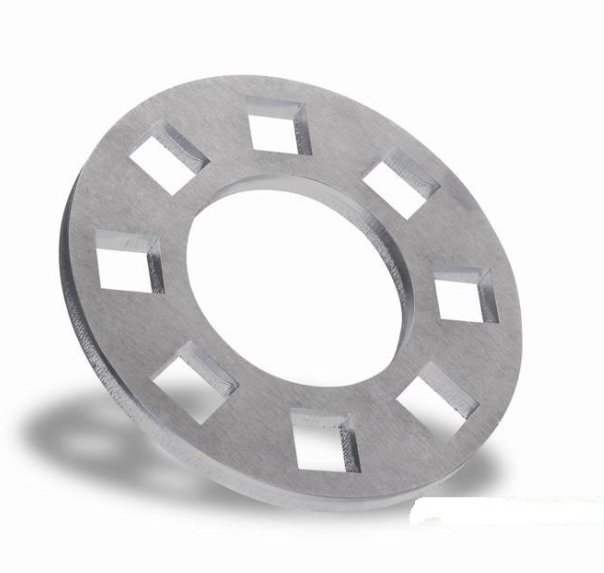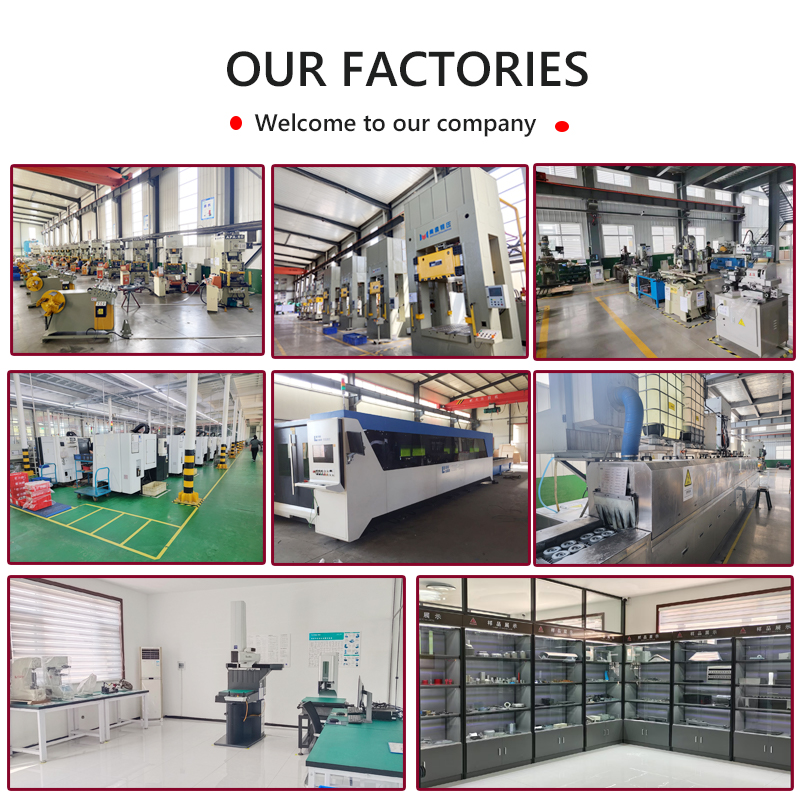How to choose a good sheet metal fabrication factory to work with?
Of course! Choosing the right sheet metal fabrication factory is crucial to ensuring project success. This involves more than just comparing prices; it involves a comprehensive assessment of the factory’s technical capabilities, quality systems, and service levels.
The following is a detailed, structured selection guide that you can refer to based on the specific circumstances of your project:
Step 1: Clarify Your Needs (Self-Knowledge)
Before searching for a supplier, clarify your requirements to facilitate effective communication and evaluation.
Product Drawings and Technical Data: Do you have complete 2D/3D drawings (such as DXF, DWG, STEP, or IGES formats)? Are the tolerances, materials, and surface finish requirements clearly defined on the drawings?
Material Requirements: What materials are required (e.g., SPCC cold-rolled steel, SECC galvanized steel, aluminum, stainless steel, copper, etc.)? What is the thickness range?
Process and Capacity Requirements:
Main Processes: What processing steps are required? These may include cutting (laser cutting, stamping), bending, welding, riveting, threading, and surface treatments (powder coating, painting, electroplating, brushing). Production volume: Is this for prototyping, small batch production, or long-term, large-volume collaboration?
Delivery time: What are the expected sample and mass production cycles?
Quality requirements: What industry is the product intended for? Are there any special quality certification requirements (such as ISO 9001, IATF 16949 for the automotive industry, or ISO 13485 for the medical industry)?
Budget range: What is your approximate cost expectation?
Step 2: Evaluate the factory’s capabilities (Know the enemy)
Based on your needs, conduct a thorough evaluation of potential sheet metal fabrication factories based on the following aspects.
1. Technology and equipment capabilities (hard capabilities)
This is a key consideration and directly determines whether the factory can produce the products you desire.
Cutting equipment:
Laser cutting: Does the factory have a high-power fiber laser cutting machine? What is the maximum sheet metal cutting size and thickness? What is the accuracy? This is the current mainstream flexible blanking method.
Stamping: Does the factory have a CNC turret punch press? Does the factory have a wide variety of molds? Suitable for batch parts with regular hole patterns.
Shearing machine: For simple straight-line blanking. Forming Equipment:
Press Bending Machines: Are there CNC press brakes? How many are there? What is the tonnage range (determines the thickness of the plate that can be bent)? The operator’s technical experience is crucial and directly affects the bending accuracy and appearance.
Connections with Other Equipment:
Welding: What welding methods are available (argon arc welding, CO2 shielded welding, laser welding, spot welding)? What is the welder’s skill level? Are there standardized welding procedures?
Surface Treatment: Does the factory perform surface treatment (such as powder coating and painting) in-house or outsource it? If outsourced, what is the quality of the contractor? If doing it in-house, the working environment and management level of the paint booth and powder coating line are indicators of quality.
Other: Are there auxiliary equipment such as press riveting, pull riveting, and tapping?
Suggested Action: Request a list of their equipment and ask for examples of similar products.
2. Quality Management System (Soft Skills)
This determines the stability and traceability of product quality.
Quality Certification: Is the factory ISO9001 certified? This is the most basic requirement. Specific industries require additional certification.
Inspection and Measurement:
What inspection tools are available? (e.g., calipers, micrometers, height gauges, 2D image measuring machines, coordinate measuring machines, etc.)
Are there procedures for First Article Inspection (FAI), In-Process Quality Control (IPQC), and Outgoing Quality Control (OQC)?
Can complete inspection reports (IPQC/IPQC Report) be provided?
Quality Awareness: Communicate with their quality management personnel to understand their attitude and understanding of quality.
Action Recommendation: Inquire about their quality control processes and visit their inspection areas.
3. Design and Collaboration Capabilities (Service Capabilities)
An excellent factory is not just a processor; it’s your partner.
Design Optimization (DFM): Can they provide reasonable optimization suggestions based on your initial design from the perspectives of manufacturing process, cost, and efficiency? This can save you significant costs and avoid subsequent problems.
Communication and Responsiveness: Is communication between sales and project engineers smooth and timely? Do they understand your needs?
Project Management: For complex projects, is there a dedicated project manager to follow up and ensure a smooth process from quotation, production, to delivery? Supply Chain Management: Are their raw material suppliers stable? Can they guarantee relatively stable supply and pricing when material prices fluctuate?
4. Production Capacity and Delivery Capacity
Production Capacity: Evaluate their equipment, employee numbers, and shift schedule to determine whether they can meet your production needs.
Delivery Record: Understand their historical on-time delivery performance. You can try placing a small order to test their actual delivery time.
Geographic Location: Geographic location can affect logistics costs and time. Factories in the same city or nearby areas have advantages in communication and delivery.
5. Cost and Quotation
Quotation Transparency: A detailed quotation should include material costs, processing fees (by process), mold fees (if any), surface treatment fees, administrative fees, and profit margins. Be wary of vague package prices.
Value, Not Price: Don’t just look at the lowest price. Consider the overall value of quality, service, delivery time, and technical support. Excessively low prices may indicate cutting corners or poor management.
Step 3: Take Action
Initial Screening: Obtain a list of potential factories through industry exhibitions, B2B platforms (such as Alibaba 1688), and peer recommendations. Requesting Information and Communicating: Conduct an initial communication by phone or email, submitting your inquiry package (drawings, technical requirements, quantity), and assessing the speed and professionalism of the response.
Site Inspection (Very Important!): For important, long-term, or complex projects, a factory audit is essential. Seeing is worth a thousand words.
Workshop Inspection: Is the environment clean and orderly? Is the equipment well-maintained? Are materials properly arranged? (5S/6S management)
Product Inspection: View work-in-progress and finished products on the production line to gain a firsthand understanding of their quality.
Team Chat: Communicate with key personnel (owner, production supervisor, quality manager) to experience the company culture and technical expertise.
Test Prototype: Place a prototype order before making a final decision. This is the most direct and effective way to verify the factory’s overall capabilities. Carefully examine the quality and accuracy of the samples, and pay attention to the communication experience during the prototype process. Summary: Selection Matrix
You can rate different factories based on project priorities:
Identification Dimension Weight (Project-Specific) Factory A Score Factory B Score Factory C Score
Technology/Equipment Compatibility 30%
Quality System and Control 25%
Communication and Service 20%
Cost Competitiveness 15%
Delivery Capability 10%
Total Score 100%
Final Recommendation:
For high-precision, complex parts: Prioritize factories with strong technical capabilities, advanced equipment, and a comprehensive quality management system.
For products with high aesthetic requirements (such as chassis and housings): Focus on bending technology, welding, grinding, and surface treatment capabilities.
For standard parts and high-volume production: While ensuring basic quality, focus on production capacity, delivery time, and cost control.
Selecting a sheet metal fabrication factory is a rigorous process. Investing sufficient time in preliminary research will save you countless headaches in future collaborations and lay the foundation for a win-win situation. We wish you all the best in finding your ideal partner!





